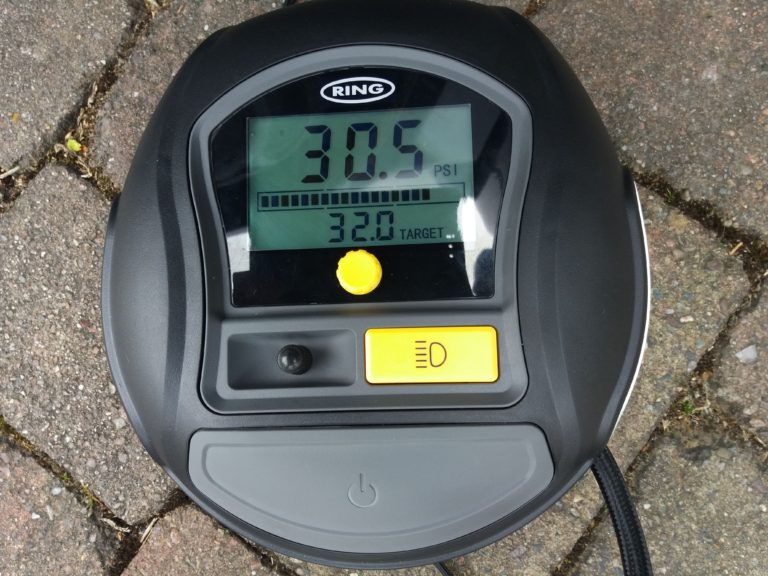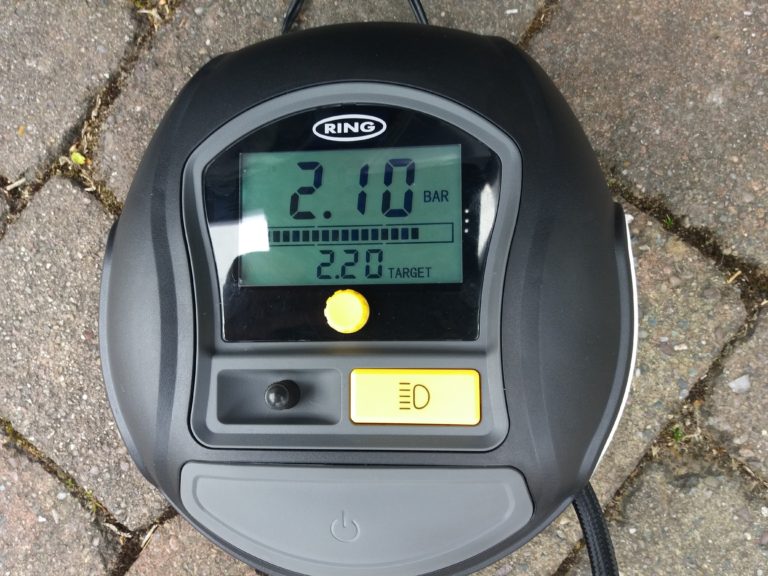Should You Delay Taking Your State Pension?
I know many readers of Pounds and Sense are coming up to the state pension age. That includes me. I have just over three years to go, assuming the government doesn’t change the rules again!
One decision everyone in this situation has to make is whether to start claiming the state pension as soon as they are eligible, or defer it. You might wonder why anyone would choose to put off receiving their pension, but the government does offer a modest incentive for doing so. For every nine weeks you defer, you get an extra 1% added to your pension payments thereafter.
If you are in good health and don’t need the money (perhaps because you are still in work) delaying may be worth considering. Even so, it’s something to think carefully about, as you may have a long wait until you are in profit from doing so.
Crunching the Numbers
Here are my (admittedly somewhat simplified) calculations.
The current new state pension is £168.60 (people who retired on the old state pension are likely to be on less than this). One percent of this is £1.686 per week.
If you opt to sacrifice 9 weeks of the state pension, that has a total value of 9 x 168.60 = £1517.40. If you divide this by the extra weekly pension you will receive after this, you get a figure of 1517.40/1.686 = 900. In other words, you would need to be claiming for 900 weeks, or just over 17 years, simply to break even.
Deferring for a year will earn an increase in your pension of 5.8% but cost you – at the current rate – a total of £8767.20. The extra pension thereafter will be worth an extra £508.50 a year, but again it would take you a little over 17 years to recoup the year’s pension you didn’t get.
Overall, then, for most people I don’t believe that deferring will be a desirable or sensible option. This applies especially if you have any health or lifestyle issues that may reduce your life expectancy.
However, there is one other thing to take into account, and that is tax…
Tax and the State Pension
Not everyone realises this, but the UK state pension is taxable. That means if you have other sources of income that use up your personal allowance, you will have tax deducted from your state pension at your highest marginal rate.
If that applies to you, the case for postponing your state pension is stronger. Assuming you pay tax at the basic rate of 20%, then 168.60 x 20% = £33.72 would be deducted from your weekly pension in tax, leaving you with just £134.88. If you do this for 9 weeks, you will therefore receive 9 x 134.88 = £1213.92 in total after tax. Dividing this by the 1% extra you would get from deferring gives you a figure of 720 weeks or 13 years and 8 months to break even by deferring. That’s still a long time, but if you are in good health you are more likely than not to live this long after reaching pension age. Of course, this does assume that once you start claiming the state pension your total taxable income is covered by your personal allowance. If that’s not the case and you have to pay tax on your state pension, the payback period after deferring will be longer.
- Like all the calculations in this post, the above assumes for simplicity’s sake that the state pension remains the same in future. In practice it is likely to go up every year, increasing the value of that extra 1% (or whatever). That means the time period before you recoup all the money you turned down is likely to be a bit shorter. On the other hand, the effect of inflation is likely to offset this.
Another potential issue could arise if you are already earning a substantial income and claiming the state pension would push you into a higher tax band. This could be another good reason to consider deferring.
Summing Up
Overall, it seems to me that if you expect to be on a modest (or even average) income in retirement, there is unlikely to be much benefit to deferring your state pension (and I don’t intend to myself). If you are a higher earner and in good health, however, there might be.
Obviously everyone’s circumstances are different and I can’t give individual advice, but it’s well worth speaking to a qualified pensions adviser if you think that deferring the state pension may be beneficial for you.
Finally, if you do decide to defer, no special action is required. Four months before you reach state pension age, you should receive a letter and booklet from the Department for Work and Pensions (DWP) telling you how to claim your state pension. You can just delay claiming and it will be assumed that you wish to defer.
As ever, if you have any comments or questions about this post, please do leave them below.


























